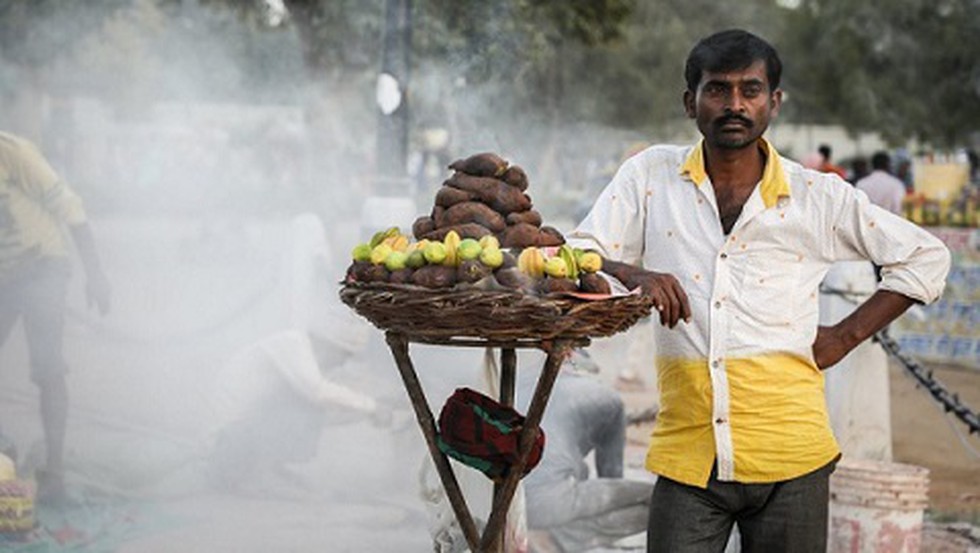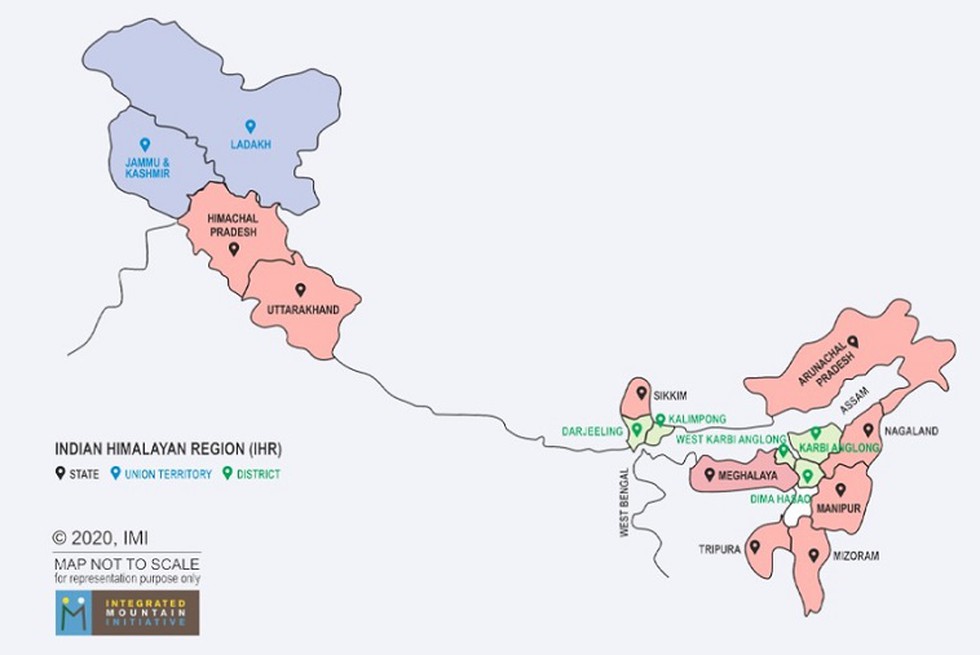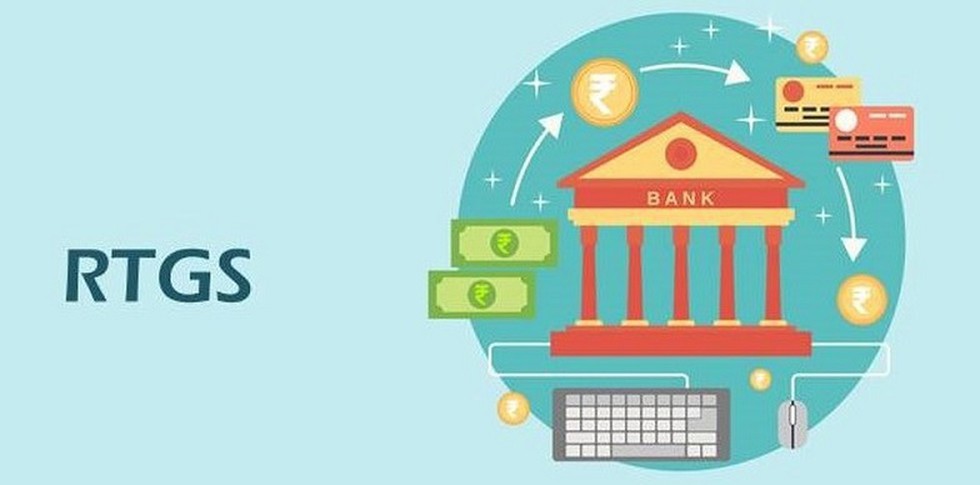PM SVANIDHI
Housing and Urban Affairs Secretary launched a programme of Socio-Economic Profiling of PM SVANidhi beneficiaries and their families, as an additional component of PM SVANidhi Scheme.

About:
- Under this, a complete profile of each PM SVANidhi beneficiary and their family members will be prepared. Based on the profiled data, benefits of the various eligible Central Schemes would be extended to them for their holistic socio-economic upliftment.
- The launch has been in the context that PM SVANidhi scheme should not be seen merely from the perspective of extending loans to street vendors but should also be seen as an instrument for outreach to street vendors and their families for their holistic development and socio-economic upliftment.
- In the first phase, 125 cities have been selected for the programme. The profile will identify potential eligibility of beneficiaries and their family members for select Central Government schemes and facilitate linkages.
- The Ministry of Housing and Urban Affairs is implementing Prime Minister Street Vendors AtmaNirbhar Nidhi, PM SVANidhi Scheme since 1st June this year with an objective to provide affordable working capital loan up to 10 thousand rupees to Street Vendors for facilitating resumption of their livelihoods adversely affected by the COVID-19 pandemic.
- NON-BANKING FINANCIAL COMPANIES (NBFCS)Reserve Bank of India has issued draft circular on declaration of dividend by non-banking financial companies (NBFCs) in pursuance to the announcement made in the recent monetary policy.

About:
- Accordingly, deposit-taking NBFCs and systemically important non-deposit-taking NBFCs must have their net non-performing assets below 6 percent and a capital adequacy ratio of at least 15 percent for the last three years, including the accounting year for which it proposes to declare dividend.
- RBI has added that non-systemically important, non-deposit-taking NBFCs should have a leverage ratio of less than seven while core investment company - CIC should have Adjusted Net Worth (ANW) of at least 30 percent of its aggregate risk-weighted assets on balance sheet.
- The apex bank has invited public comments on the draft circular, which need to be submitted by 24th of this month.
- While announcing the monetary policy earlier this month, RBI Governor Shaktikanta Das had said that the growing significance of NBFCs and their interlinkages with different segments in the financial system has made it imperative to enhance their resilience.
SUSTAINABLE MOUNTAIN DEVELOPMENT SUMMIT (SMDS)The ninth edition of the Sustainable Mountain Development Summit (SMDS) in Dehradun has begun.
About:
- Organised by Indian Mountain Initiative (IMI), the four-day-long summit seeks to deliberate on issues such as migration, water security, climate resilience and innovative solutions for the farm sector, and disaster risk reduction in the Indian Himalayas.
- Every year 3-5 salient themes engaging the immediate attention of and relevant to the mountains and hills are taken up for threadbare discussion and debate. Conclusions and recommendations emerging from this exercise are pursued by IMI subsequently for actionable output.
- The theme for this year is Emerging Pathways for Building a Resilient Post COVID-19 Mountain Economy, Adaptation, Innovation and Acceleration.
- the first edition was organized in 2011 in Nainital.
FITNESS KA DOSE AADHA GHANTA ROZ CAMPAIGNWorld Health Organisation applauds India for Fitness Ka Dose Aadha Ghanta Roz campaign.
About:
- The campaign was launched as part of the nation-wide Fit India Movement by Union Minister of Youth Affairs and Sports Shri Kiren Rijiju on December 1.
- The campaign has gained the support of celebrities from different fields - Bollywood, sportspersons, writers, doctors, fitness influencers, among others, who have enthusiastically urged Indians to follow the basic mantra of 30 minutes of fitness every day.
REAL TIME GROSS SETTLEMENT SYSTEM (RTGS)Just within a year of operationalising NEFT 24x7, the Reserve Bank has announced that the Real Time Gross Settlement System or the RTGS facility will now be available for round the clock transactions, with effect from December 14.
About:
- Round the clock availability of RTGS will provide extended flexibility to businesses for effecting payments. The system can also be leveraged to enhance operations of Indian financial markets and cross-border payments.
- RTGS, which began its operations on 26th March, 2004 with a soft launch involving four banks, presently handles 6.35 lakh transactions daily for a value of 4.17 lakh crore rupees across 237 participant banks.
- RBI has informed that RTGS uses ISO 20022 format which is the best-in-class messaging standard for financial transactions.
E-COURTSAs many as 2927 Court complexes across India have been connected so far by a high-speed Wide Area Network (WAN) under e-Courts Project. It has led to completion of 97.86 % sites out of 2992 sites conceived to be connected with high speed WAN under the project.
About:
- The Government approved the computerization of 14,249 district & subordinate Courts under the e-Courts Phase I project ( 2007-2015).
- The objective of the e-Courts project is to provide designated services to litigants, lawyers and the judiciary by universal computerization of district and subordinate courts in the country by leveraging Information and Communication Technology (ICT) for improved justice delivery.
- Envisaging further ICT enhancement through universal computerization of all the courts, the Phase II of the project was approved by the Cabinet in July 2015 with a cost of Rs 1670 crore under which 16,845 courts have been computerized.
- Under e-Courts Project, one of the largest digital networks of the world was conceived by Department of Justice along with the e-Committee of the Supreme Court of India to connect the 2992 court complexes located all over India by a high-speed Wide Area Network (WAN) via different modes of connectivity.
- Accordingly, deposit-taking NBFCs and systemically important non-deposit-taking NBFCs must have their net non-performing assets below 6 percent and a capital adequacy ratio of at least 15 percent for the last three years, including the accounting year for which it proposes to declare dividend.
Comments
Post a Comment